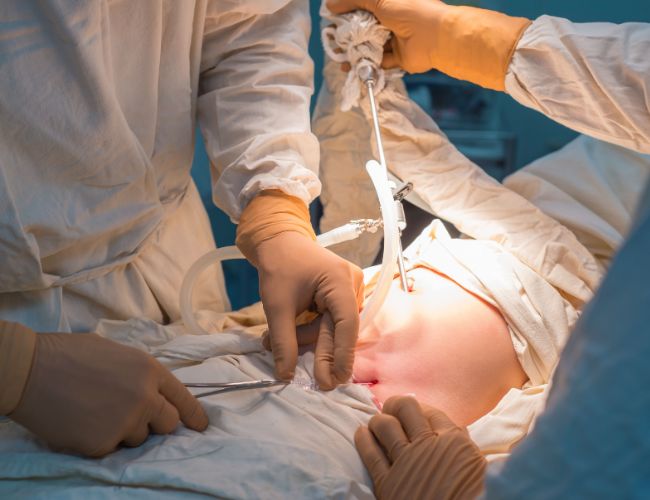- Mon - Sat 08:00 AM - 08:00 PM
- Call Us: +91 77603 00622
- himasglobalhopital@gmail.com

Laparoscopic or minimally invasive hernia repair uses a laparoscope, a thin, telescope-like instrument that is inserted through a small incision at the umbilicus. This surgery is usually performed under general anesthesia, so before the surgery, you will have a check-up of your overall health.
You will not feel pain during laparoscopic hernia repair surgery.
Procedure of Laparoscopic Hernia RepairLaparoscopic hernia repair surgery must be performed using general anesthesia and the patient will be asleep during this procedure. A surgeon will then make three to four small incisions over the abdomen.
Next, the abdomen may be inflated with the help of harmless gas.
Through one incision, a laparoscope, with a tiny camera will be inserted. The remaining surgical tools are inserted through the other incisions or cuts.The surgeon will then carefully pull the hernia contents back to their natural position.
Finally, a mesh piece is placed.
Risks with laparoscopic hernia repairHowever, as with any surgical procedure, there is a risk of certain complications. Some of these risks: